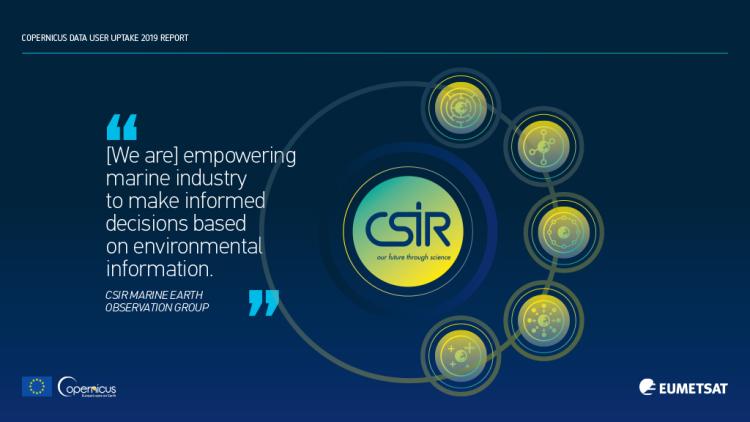09 December 2024
26 May 2023
The Copernicus Sentinel-3 satellites, operated by EUMETSAT on behalf of the European Commission, carry the Ocean and Land Colour Instrument (OLCI). This instrument provides spectral information about the water colour. The main bio-optical parameter retrieved by this instrument is the concentration of phytoplankton, thanks to their photosynthetic pigment – chlorophyll. Phytoplankton are primary producers and the basis of all aquatic life.
Ocean colour data are used to monitor the health of living aquatic ecosystems and the water quality. The data also guide sustainable marine resource management, like fisheries and aquaculture, and coastal management, including of coastal erosion and sedimentation.
Ocean colour data are vital for understanding climate change. Ocean colour is one of the essential climate variables listed by the World Meteorological Organization. Marine ecosystems take up similar amount of atmospheric CO2 as terrestrial ecosystems. This is thanks to the phytoplankton sequestering carbon dioxide (CO2) during photosynthesis, making them important carbon sinks. A carbon sink absorbs more carbon from the atmosphere than it produces. Ocean colour data are used to monitor the annual global uptake of CO2 by the phytoplankton and to further reduce the uncertainty about these estimates.

Using ocean colour data, we study the wider Earth system, for instance the El Niño/La Niña phenomena and how these impact the ocean ecosystem.
The data are also useful for looking at more sporadic events, like tracking sediment transport, as well as for detecting and forecasting harmful algal blooms that are a danger to humans, marine and freshwater life and aquaculture.
OLCI products are available in near-real time, within three hours of sensing. Non-time-critical products are available within one month of sensing.
For more information about OLCI data and products, please visit the EUMETSAT User Portal.











